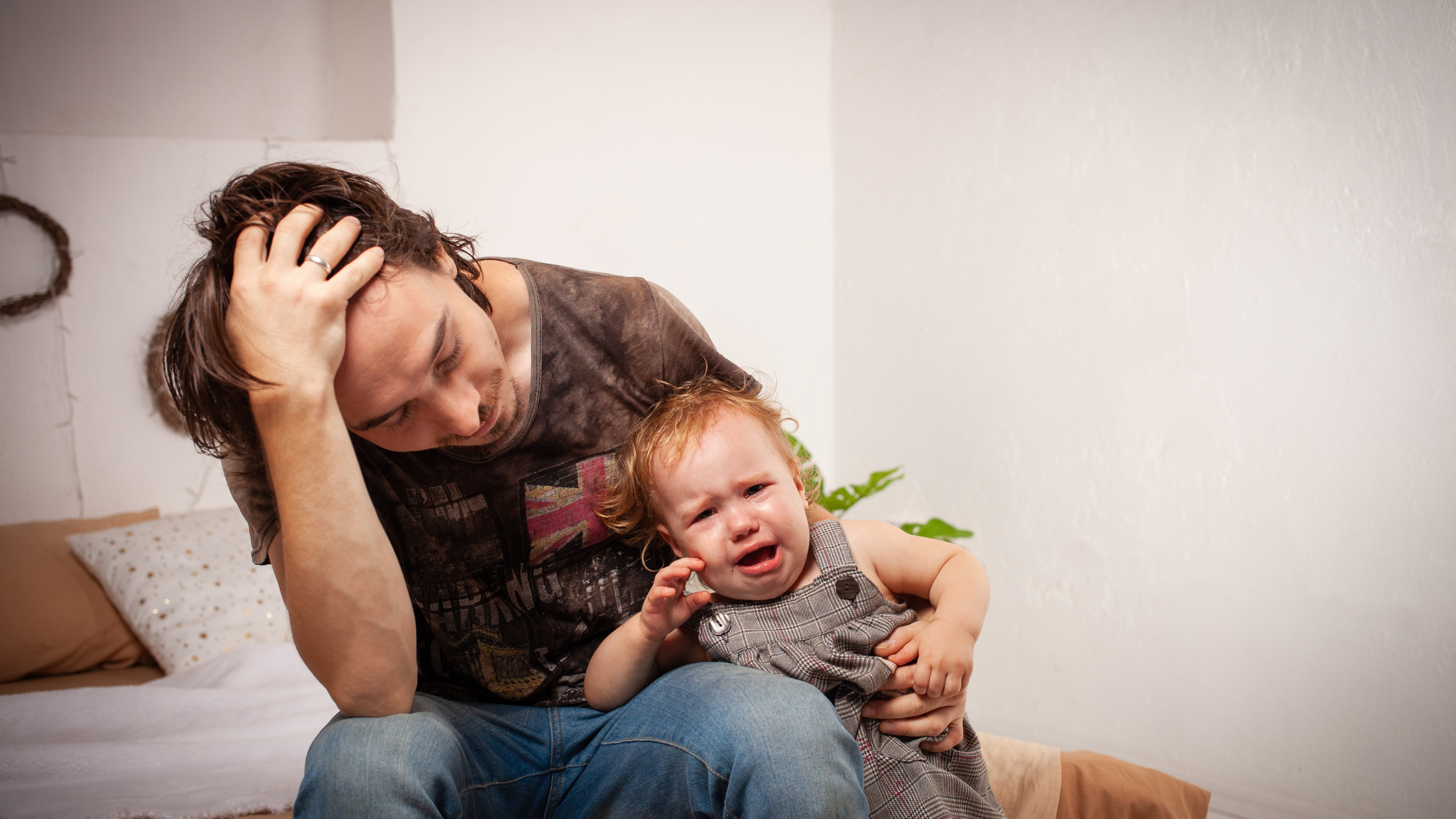What has research taught us about children and lying?
Lie-telling behaviors being to emerge around the age of 3, however, research has shown that children as young as 2 are capable of lying. Most children lie to avoid punishment or to hide the fact that they broke a rule. In research labs, they use tests such as the “temptation resistance paradigm” or the “reverse rouge test” to study lying in children. In the temptation resistance paradigm, a researcher will leave the room and tell the child not to peak at a toy while they leave the room. Given that this is a very tempting situation for a child, most children do peak at the toy. When the researcher returns, the child will either confess or conceal the transgression.
Several factors have been shown to contribute to lie-telling behaviours such as age, theory of mind (the ability to think of both your own mental state and of other’s). Given that lying is a social behaviour, observation, modelling and imitation play a large role in a child developing this behaviour.
Details of this study
Previous studies have shown that most parents lie to their children, however, very few studies have explored whether this contributes to a child’s honesty. This particular study by Hayes and Carver 2014., wanted to assess whether lying to children had an effect on children’s honesty. A total of 186 preschool and elementary schools (ages 3-7) were recruited for this study. Children were primarily white and from middle SES families. Researchers created a modified temptation resistance test. In the “lie” group, children were told a lie by the researcher who would say “ There is a huge bowl of candy in the next room, do you want to get some?”. Once the child was in the room the researcher would confess that this wasn’t true and that they only said that to get them to come in the playroom to play with them. In the “no lie” group, the researcher would say, “there is a really fun game in the next room, would you like to go play?”. In the second part, children had their backs to the researcher’s and a commercially recognizable toy (Elmo, Cookie Monster or Winnie the Pooh) was brought out and the audio was played. Then, the researcher pretended to have a call to attend to in the other room and asked the child not to peak at this toy while they were gone (which was covered with a blanket).
Understanding the findings
Results of this study found that children who were lied to in the experiment, were more likely to cheat (peak at the toy while the researcher was gone) and lie than children who were not lied to. Interestingly, this only applied to school-aged children (ages 5-7 years). In essence, lying to our children might have an immediate effect on their honesty. Some of the limitations of this study are that they used a stranger rather than the parent and only performed the lie-telling behaviour task once. The reason for using a stranger is that most children might lie more easily with a stranger rather than their parents. This might not have worked with the younger children since they might not have the cognitive abilities yet to realize they were lied to or to participate in lie-telling behaviour (theory of mind and inhibition from their executive functions). A follow-up to this study would be to assess the child cognitive/brain skills and to assess their moral evaluations of lies since this has been shown to contribute to truthfulness (Talwar & Lee, 2008).
Take home message:
We need to be mindful of how lying could impact our child’s honesty. In a poll question on our Instagram account, 79% of parents said that they have lied to their children. Reasons for lying included making transitions easier or avoiding a tantrum. At the moment, it might make it easier for us, however, if and when we get caught in a lie…there could potentially be some implications on their levels of honesty.













